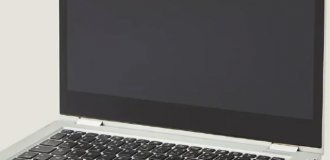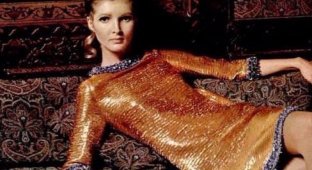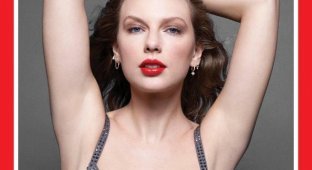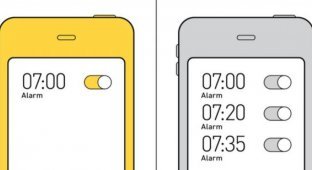A clever accessory: how the monocle managed to maintain its position even after the appearance of glasses (7 photos)
One of the earliest known monocle wearers was the antiquarian Philipp von Stosch. He used a monocle in Rome in the 1720s to scrutinize engravings and antique gemstones. 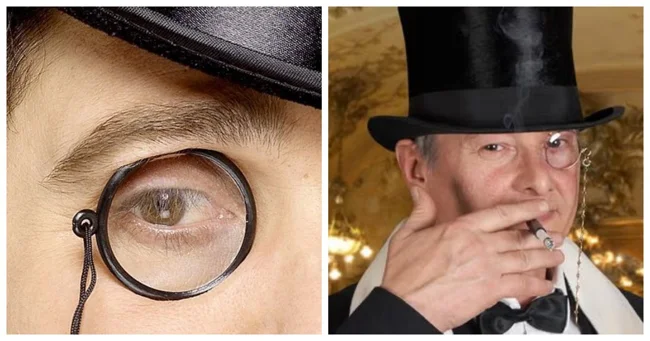
But corrective lenses actually date back to the time of the pharaohs in Egypt and were used in ancient Athens. The monocle did not become a popular item of gentlemanly clothing until the 19th century. 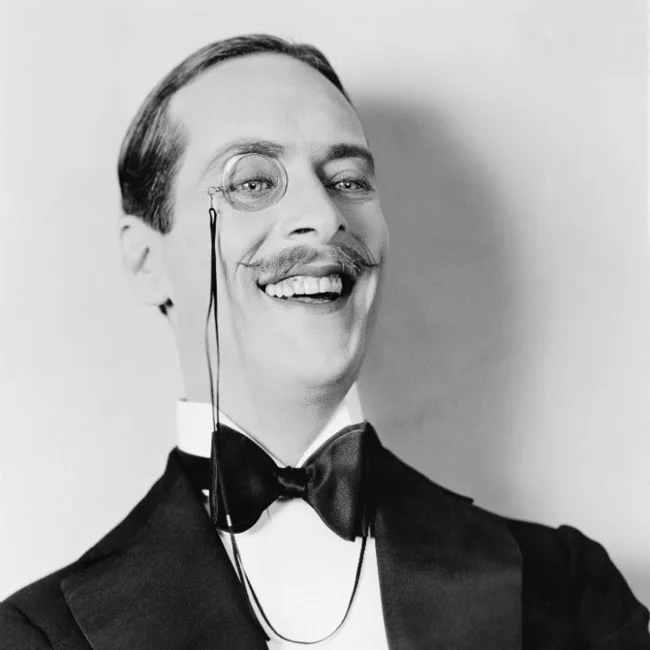
The pattern for rimless glasses dates back to around 1814, when an Austrian inventor named J. F. Voigtlander introduced a rimless monocle to the market. At the time, glasses were not considered a fashion statement and were associated with older people or members of the clergy. Since most clergy were literate enough to need reading glasses, the need arose to make glasses as unnoticeable as possible. 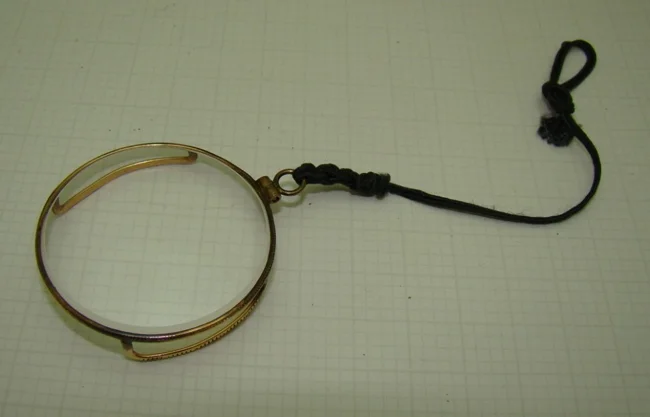
In the 1830s, rimless glasses were replaced by more comfortable metal frames, and in the 1890s, an extension of the edge known as a gallery was added to better hold the monocle in place and prevent eyelashes from getting caught in the lens. Monocles were usually adjusted to fit the wearer's eye socket.
They were often made with ivory or precious metals, and were prohibitively expensive for almost everyone except the nobility. At the same time, a monocle in combination with a coat and hat completed the image of a stereotypical capitalist of the 1890s. Monocles were most common among the aristocracy of the late 19th century, and also found use in the army. 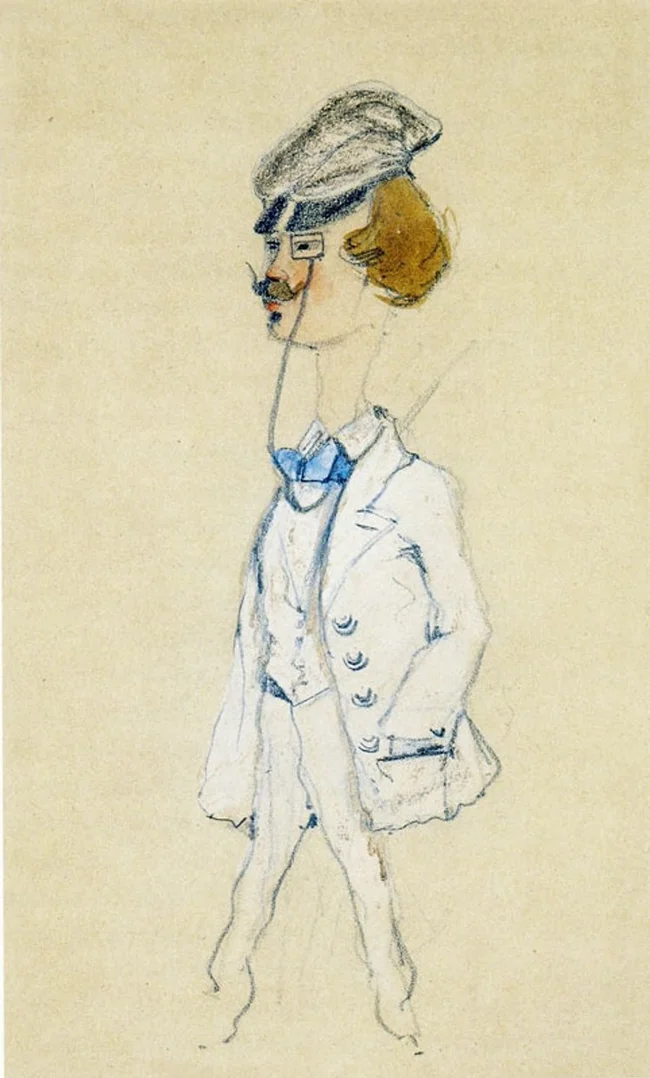
Following the aristocrats, dandies began to use monocles, and later women copied their style.
A Practical Solution 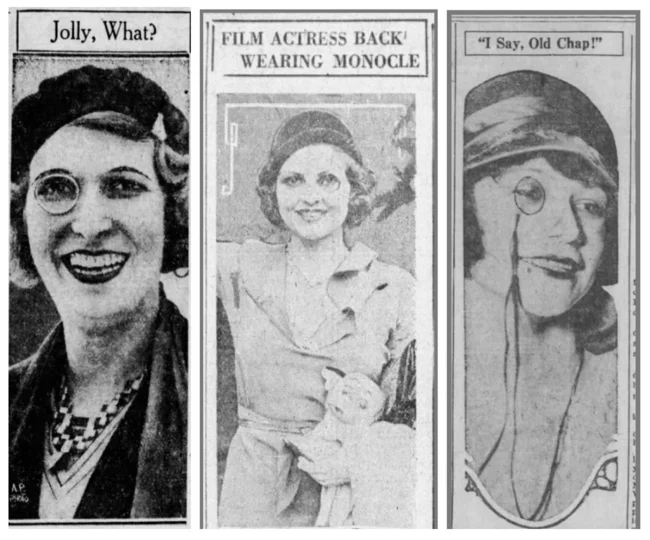
The monocle became a practical solution for many aspiring army officers who could not pass the eye test but were not allowed to wear glasses. Unfortunately for him, the German military also made heavy use of the monocle during World War I, which became a standard accessory for the German high command and gave the monocle a negative connotation, contributing to its decline in popularity throughout Western Europe and the emergence of numerous derogatory caricatures. 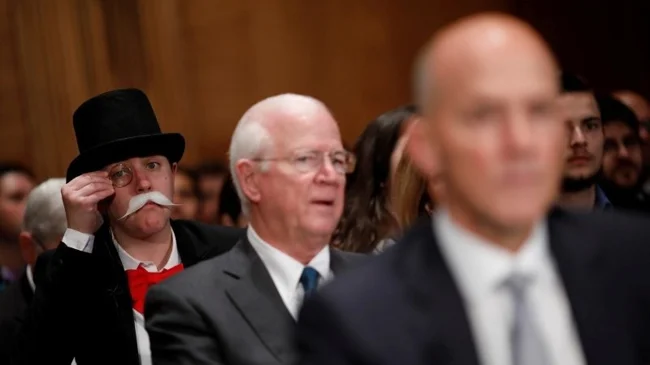
Another significant contributor to the decline in popularity was the fact that some medical organizations would not fund prescriptions, even if the prescribing optician recommended a monocle.
World War II and the Modern Age 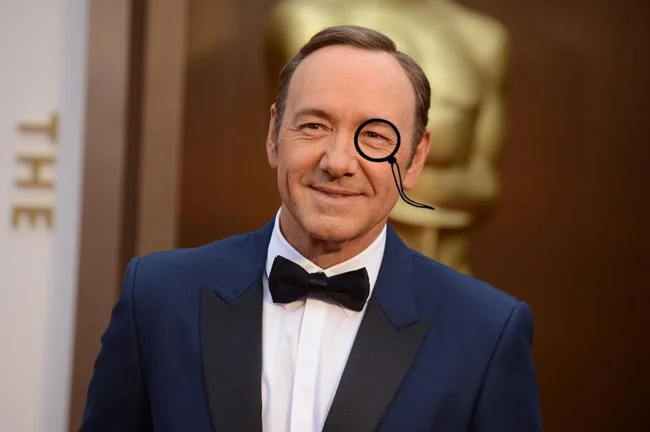
Finally, after World War II, monocle use declined significantly as advances in optometry led to the preference for glasses and contact lenses. However, the monocle has always had one trump card - complete portability. This main advantage, combined with the need to read short fragments of text on the street, especially with the rapid development of digital devices, made the monocle relevant today.











